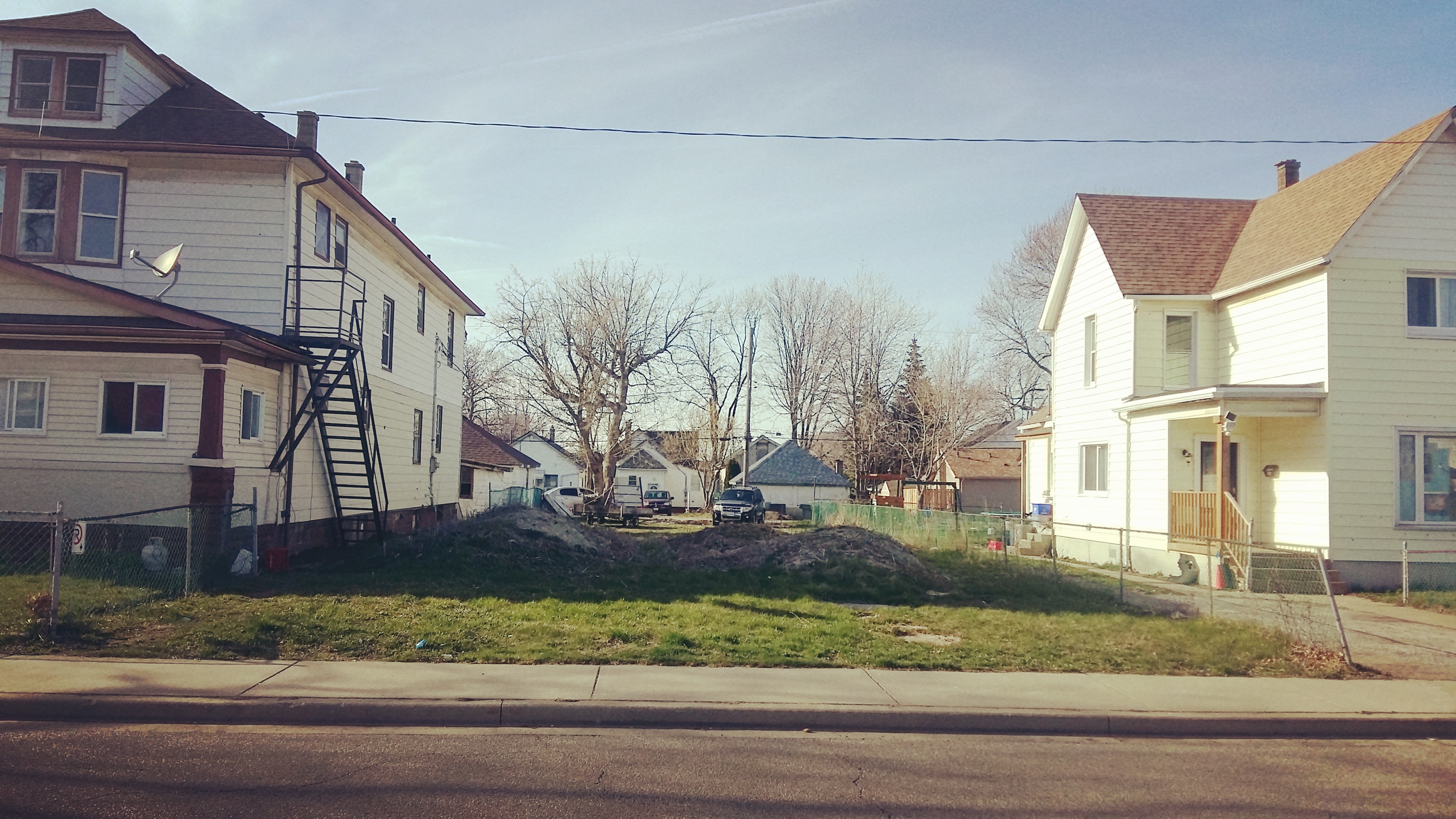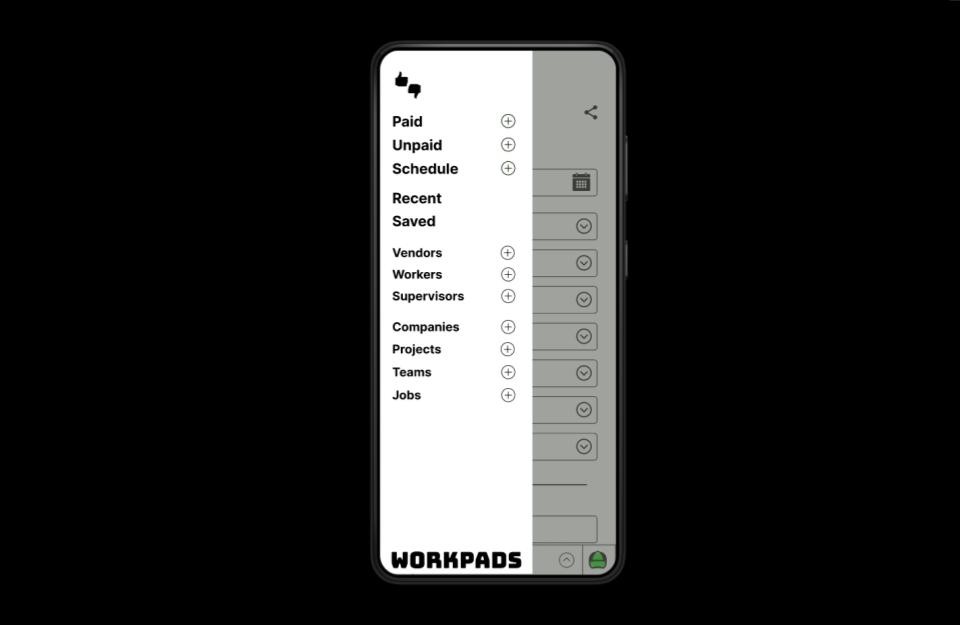Living the Problems

My deep dive into the world of trades and skilled labor began in fits and starts, but it kept going many years because of our newlywed necessities. Baby #1 was inbound! What started off as a survival “strategy” slowly became, month by month and year by year, a deliberate and structured study of the administrative challenges faced by sole proprietors, especially those whose truck dashboard is their desk.
I gabbed with whomever I could about the topic, listening to guys struggles to lead and learn while racing from sites to stores to gas stations in an never-ending circuit. But more than anything else, I slowly began studying me. I found myself fully living out the problems that I had set out years earlier to understand and assist with when living in Windsor and working as a landscaper.
But, of course, what I thought very early on were the main problems were just skin-level concerns. The daily, critical problems of the solo tradesman lay alot deeper, and it took me being in the arena and in the truck daily to start understanding the types of long-term solutions that are needed which have the potential for massive impact across our old and emerging economies.
Before I was thrust by life into the driver’s seat of a moving company, I was simply a would-be founder with no track record and no technical expertise in software or product design. What I did possess though was a formal and informal education in urban development, and a deep-seated passion for placemaking and the problems of local growth. I was concerned with the network of people that make building places possible and hadn’t yet appreciated the importance of individual project ownership.
 Highland Park via Incremental Development Alliance
Highland Park via Incremental Development Alliance
In 2015, I had discovered one convincing solution to the issues of good growth that was focused on spreading property development expertise to anyone willing. Immersion in this community of builders coupled with my growing interest in software startups led to a fixation on digital solutions to local development. I was seeing a way that I could serve these ecosystems with products that enhanced general coordination. Only issue was, I lacked any real appreciation for the science of startups, the diverse arts that founders must master, and the strong need to be very intimate with the problem you’re addressing. The more I studied startups the more this requirement was being repeated in every talk or book I came across. Looking at my situation, I didn’t see how I could go that route, and truth be told I was basically wishing the requirement away. No surprise then, my ability to conceptualize a problem clearly and develop a winning product led me to pivot in circles.
Looking back, my attempt to wear the hat of the Solo Developer and imagine their needs marked my shift from thinking about groups to planning for individuals. It was a critical stage that will bear future fruit, but up to that point I had still not lived out any particular problem. I had simply observed or imagined others in their struggles. Informative, inspiring, but insufficient for generating a powerful product let alone pursuing a true blue ocean.
In 2021, after 2 years of prototyping and playing founder, I had storyboarded and fully architected several products that wrestled with the problems of coordination but nothing I created reached a fundamental level of design. The bedrock lay further still and only direct experience would unlock the primary principles I was seeking.
One of my earliest problem statements wasn’t quite over the target yet but it does represent fundamental observations that have been carried forward into Babb’s founding phase.
People who exclusively use SMS and WhatsApp for business communications frequently lose track of key information, dates and documents - leading to missed chances for revenue, hiring & growth.
This represented the first of several unique insights that I obtained by participating in and eventually living the problem. It indicates what Clayton Christensen called the “job to be done”. Whereas my white collar colleagues were dismissing these demographics as uneducated or unwilling to adopt business tools, I was being bolstered by the talks and teachings of Christensen to recognize in the stubborness of Tradesmen a demand for simplicity and durability that would raise the bar in business, not lower it.
My next problem statement retained a group focus but started to gain some specificity for a target market and the contours of a successful solution.
Tradesmen and laborers working in teams of less than 10 struggle to expand or strike out on their own because of job scheduling, bookkeeping and payroll demands.
This problem definition was highlighting the critical importance of spawning and new team development which happens rapidly and repeateldy in the trades. The slower it occurs the slower that everything begins to move. The better we can lower the barriers to side hustling and new business registration, the quicker the economy. If any worker is potentially a business leader, then it made sense to fully zone in on the individual, figure out their common challenges, and test for preferred solutions.
Tradesmen who lead teams of 10 or less must wear every hat while always on the go. Keeping up with administration feels impossible. Record keeping suffers, leads get lost, growth stalls.
Now I was getting visceral. I had lived the problem for two years while operating a moving company that I started with just my ‘09 Ford Ranger. I was revisiting earlier pitches that I had drafted prior to my leadership of two small moving teams. Focus was now strongly on the money and relationships that made everything move. The root of the problem was framed like this:
Tracking who owes who what, why, when and where - becomes difficult the busier things get. Accounts Payable and Payroll suffer from delays and errors, hurting the personal relationships that these individuals rely on.
And based on this, I stated the solution this way:
A mobile app for managing a variety of work relationships, based on debts & cash flows.

That’s a brief overview of how I got to the point of outlining and wrestling with the problem but here is what I discovered in detail after 5 years as a mobile proprietor who organized and performed jobs while playing every other role including sales and payroll.
COMPLETE PART TWO